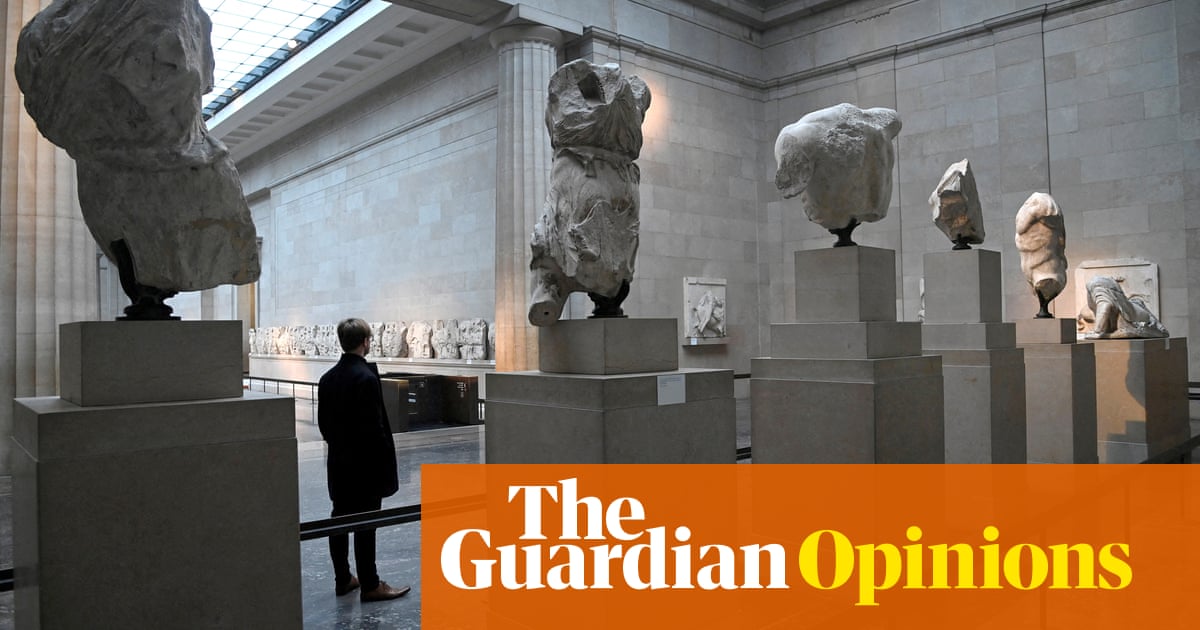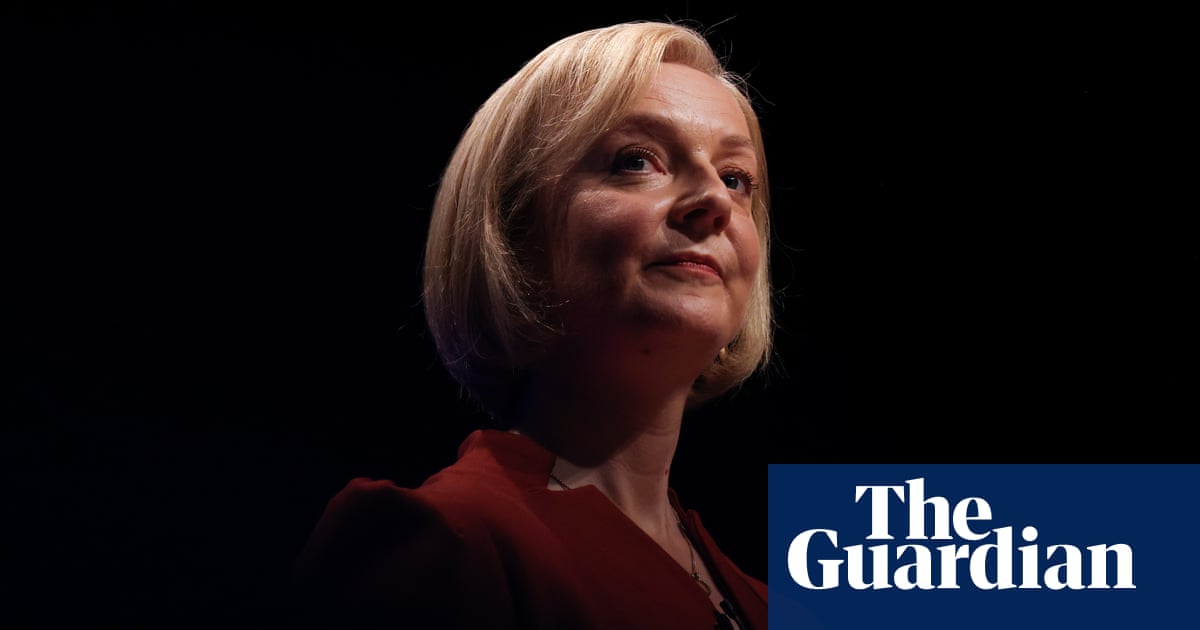
Large-scale protests erupted in several Iranian cities on Tuesday and continue to grow, in what Iranian activists describe as a continuation of a nationwide anti-government movement that began in late December.
The latest unrest broke out in the major cities of Isfahan, Karaj, Shiraz, Rasht and Tabriz. Many of the protesters initially took to the streets to express their outrage over the ongoing crisis caused by unemployment and currency devaluation, but the demonstrations quickly took on a political tone, with calls for the ouster of the Iranian government.
On Monday, the value of the Iranian rial fell to record lows, trading at a rate of more than 120,000 to the dollar. The protests, which began the following day, made it clear that the Iranian people place the blame for their economic hardships squarely on the mismanagement and corruption of the ruling regime.
“The enemy is here; they are lying when they say it is America,” protesters in Isfahan chanted, according to the People’s Mojahedin Organization of Iran (MEK), which is credited with playing a leading role in the ongoing nationwide protests. There were no slogans targeting the Americans or the imminent return of US-led sanctions, which are due to be reimposed on Aug. 6.
The regime is bracing itself for the return of these economic sanctions, which were suspended in 2015 under the Joint Comprehensive Plan of Action (JCPOA), also known as the Iran nuclear deal. Their reintroduction comes after US President Donald Trump pulled out of the agreement in May. In addition, secondary sanctions on foreign entities that continue to do business in Iran will come back into effect in November, placing even greater pressure on the Iranian economy.
Washington has indicated that its goal is to cut off Iran’s oil exports entirely, and the mere threat of such assertive measures appears to be exacerbating a crisis in the Iranian economy that began even while the JCPOA was still in full effect.
The White House and Trump have issued statements expressing support for the protesters, whose slogans similarly emphasize that the conflict is between the Iranian government and its people. They taunted the country’s two political factions: “Reformists, hard-liners: The game is over.” This, along with equally provocative chants such as “Death to the Dictator,” leave little room for doubt that the string of protests, including those that broke out this week, are largely driven by a demand for regime change.
The current protests are a continuation of a nationwide anti-government movement that began in late December.
Dr. Majid Rafizadeh
The predictable crackdowns by the state began in early 2018. According to MEK, about 8,000 peaceful protesters were arrested, many of whom were threatened with death sentences. Fifty demonstrators were shot dead in the streets, and more than a dozen died while being tortured in the custody of Iranian authorities.
Similarly repressive efforts have, of course, emerged in the wake of subsequent protests, including those that broke out on Tuesday. But a number of video clips provided by MEK activists show the demonstrators pushing back against riot police and agents of the clerical regime. In some cases, this civilian resistance appears to have compelled government forces to retreat or withdraw.
In Isfahan and elsewhere, the government’s failure to disperse the protesters allowed the demonstrations to continue into a second day, at which point further clashes between activists and government authorities were reported.
Tuesday’s political protests coincided with the 11th consecutive day of a nationwide strike by Iranian truck drivers. A previous strike broke up following serious clashes with regime authorities, but the demonstrations resumed and gave rise to new clashes on July 23, before spreading to 130 locations in Iran.
Anti-government protests also resumed in Karaj for the third night. Demonstrators chanted “Down with the Dictator” and “Guns, tanks, get lost mullahs.” The security forces charged toward the protesters but they held firm. As the government forces retreated, and then fled, the demonstrators set fire to police motorbikes. Emboldened by their successful defiance of the police, the protesters began to chant, “Beware the day we take up arms.”
“As long as the dictator (Supreme Leader Ali Khamenei) stands,” they shouted, “the uprising will continue.” That sentiment was echoed by Iranian opposition leader Maryam Rajavi, who wrote: “The Iranian people’s nationwide uprising is growing by the day...threatening the mullahs’ religious dictatorship.”
“Today,” Rajavi wrote in her response on Twitter to the latest protests, “the world can see that the voice of Iranians cannot be silenced despite massive repression, and their uprisings are carrying on until victory.”
These protests are a continuation of a nationwide anti-government movement that began in late December. They are of a political and economic nature, and more than likely will continue to grow, potentially endangering the hold on power of the Iranian regime.
• Dr. Majid Rafizadeh is a Harvard-educated Iranian-American political scientist. He is a leading expert on Iran and US foreign policy, a businessman and president of the International American Council.
Twitter: @Dr_Rafizadeh
Disclaimer: Views expressed by writers in this section are their own and do not necessarily reflect Arab News" point-of-view
Follow @arabnews
COMMENTS
Opinion
Dr. Majid Rafizadeh
Iranian protesters blame Tehran, not Washington, for their woes
Author
Eyad Abu Shakra
What the Sweida Druze mean to Daesh employers
Author
Dr. Manuel Almeida
Water, energy at heart of Iraq’s governance crisis
Author
Afshin Molavi
BRICS, the 85 World and the future of the Middle East
Author
John Defterios
Pipeline politics in Europe
Author
MORE IN OPINION
Latest Updates
How $1 trillion Apple took a bite out of the Mideast tech market
88
Palestinian refugees: Living without work is a slow death
134
UN special envoy discusses Yemen consultations with Arab Coalition ambassadors
42
YPG ‘recruiting displaced children from camps’
108
FaceOf: Ziad bin Mohammed Al-Shiha, president and CEO of Saudi Electricity Company












